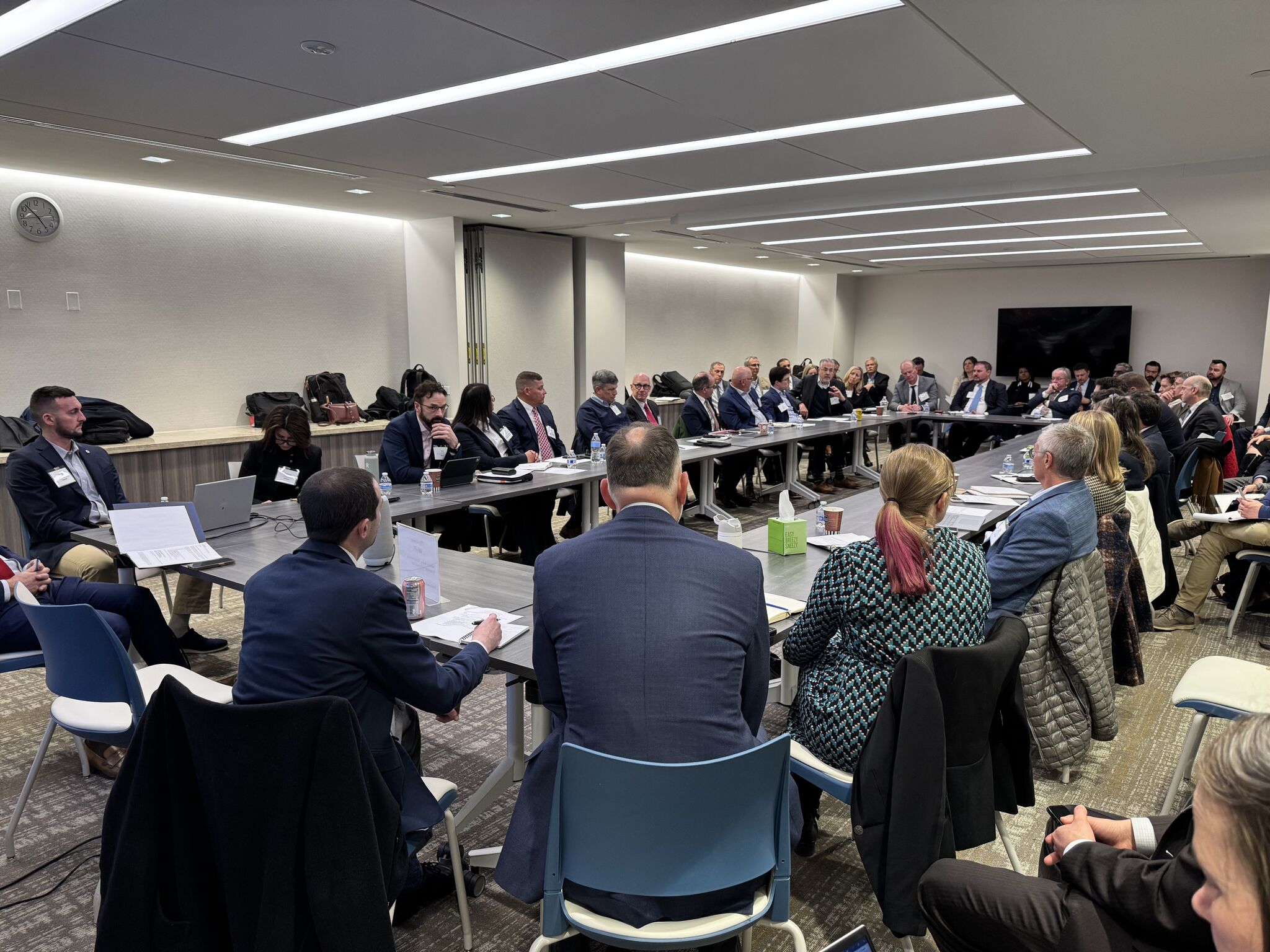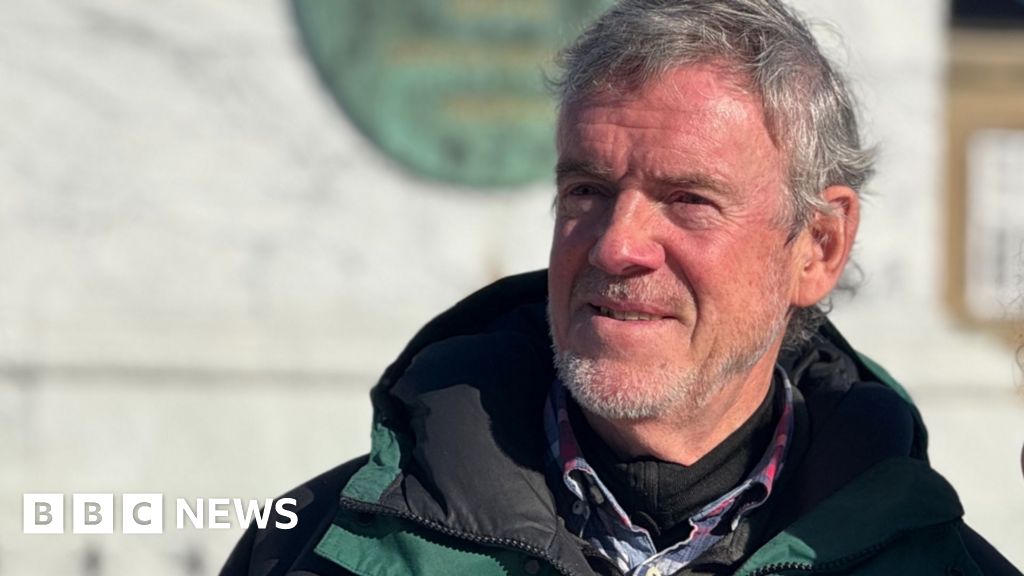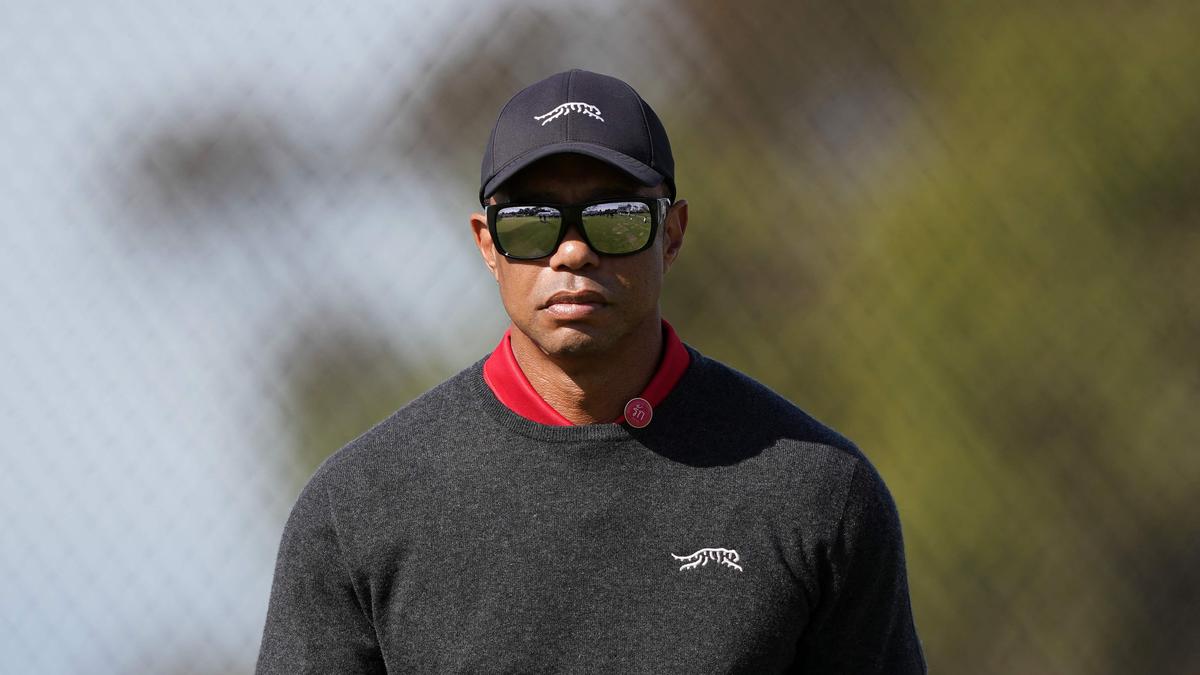The NIH’s drastic cut to indirect cost rates is a critical threat to U.S. research infrastructure

The National Institutes of Health has made a landmark decision that could irreparably damage the backbone of American scientific innovation: a dramatic reduction in the indirect cost rate for research grants. This sweeping policy change sets the indirect rate to 15%, a stark contrast with the 60% or more that many institutions currently rely on for essential administrative and operational costs.
As we contemplate this new era of science funding, it’s essential to understand the role that indirect costs play in research. These funds are not a luxury — they are vital for supporting the infrastructure that makes groundbreaking discoveries possible. Indirect costs cover expenses like research administration, the maintenance of lab facilities, and the overall operations that enable research to thrive. Without them, universities and research institutions simply cannot function at their full capacity.
The NIH’s move to cut these rates represents an unfortunate attempt to reduce federal spending. While there are ways to improve operational efficiencies, slashing funding for the infrastructure of American research is an error that will lead to damaging consequences. Research is not just about the work done in laboratories; it’s about the ecosystem that supports those efforts, the professionals who keep the system running, and the environment that nurtures discovery. These foundational elements have made the U.S. the global leader in scientific innovation.
The United States has long been the epicenter of medical and scientific breakthroughs. Our universities and institutions have led the way, with the Nobel Prizes disproportionately awarded to American scientists. These institutions are incubators for medical cures, lifesaving innovations, and breakthroughs that have reshaped global health. Take, for example, the new non-addictive pain medication recently approved by the FDA, which began in the lab of Yale professor Steve Waxman — a reminder that the work of U.S. researchers leads to real-world solutions for millions.
To cut funding for the indirect costs that support these efforts is to risk undermining our research ecosystem. While other countries are investing heavily in research infrastructure, the U.S. is moving in the opposite direction, threatening to dismantle what has been built over decades. This policy change jeopardizes not only the immediate work being done by scientists but also the long-term viability of the U.S. as a global leader in medical research.
One of the most concerning consequences of this reduction is the potential harm to young researchers. Academic research is already a challenging field, especially for early-career scientists. The reduction in indirect cost funding will make it even more difficult for institutions to support the next generation of innovators. We risk alienating the very researchers who are driving the next wave of discovery. We need to attract, support, and nurture these talented individuals.
Many institutions operate with little margin for error, and this drastic cut places them in a precarious position. Universities will be forced to either absorb these costs themselves — many simply cannot afford to — or scale back their research programs, limiting the scope and scale of important work. The result will be fewer opportunities for young investigators to develop their careers and make the breakthrough contributions that will shape our future.
The NIH’s drastic reduction in indirect costs is not a path to innovation or cost savings — it’s a path to the erosion of the very system that has made the U.S. the global leader in medical research.
This is not a debate about whether research can improve — most certainly, it can. But this policy change threatens the infrastructure that underpins U.S. medical research, one we must be vigilant in protecting. American science’s future depends on preserving the support systems that make discovery and actionable knowledge generation possible. Any reforms we pursue must strengthen, not undermine, the nation’s ability to lead the world in innovation.
It is possible that, as with tariffs earlier this week, the Trump administration (or courts) will walk this change back or at least delay it. I hope that is the case. Whatever happens, it is crucial for the research community, policymakers, and the public to engage in an open dialogue about how to balance fiscal responsibility with the need to maintain a robust and thriving research ecosystem. We must ensure that any changes we make do not come at the cost of what is truly valuable: the ability of U.S. researchers to continue making the world’s most important discoveries.
Harlan Krumholz is a cardiologist and scientist at Yale University and Yale New Haven Hospital. He is the Harold H. Hines Jr. professor of medicine. The views here are his own and do not reflect those of the Yale School of Medicine.
Related
How SenseiNode Is Building Proof-of-Stake Infrastructure in Latin America
A lot of attention is paid to the decentralization of the Bitcoin network.Bitcoin miners should set up shop in a number of different jurisdictions in order to p
The Infrastructure of Racial Justice Is Under Attack. We Must…
President Donald Trump began February with a proclamation that Black History Month offered “an occasion to celebrate the contributions of so many Black Am
Bomb threat found “non-credible”: American Airlines after Delhi-bound flight diverted…
American Airlines has said that the "bomb threat on board", due to whi
Big infrastructure investment plans take shape in America
Amtrak and dozens of major industry partners representing construction, manufacturing, rail supply, engineering, and other sectors convened for an industr













